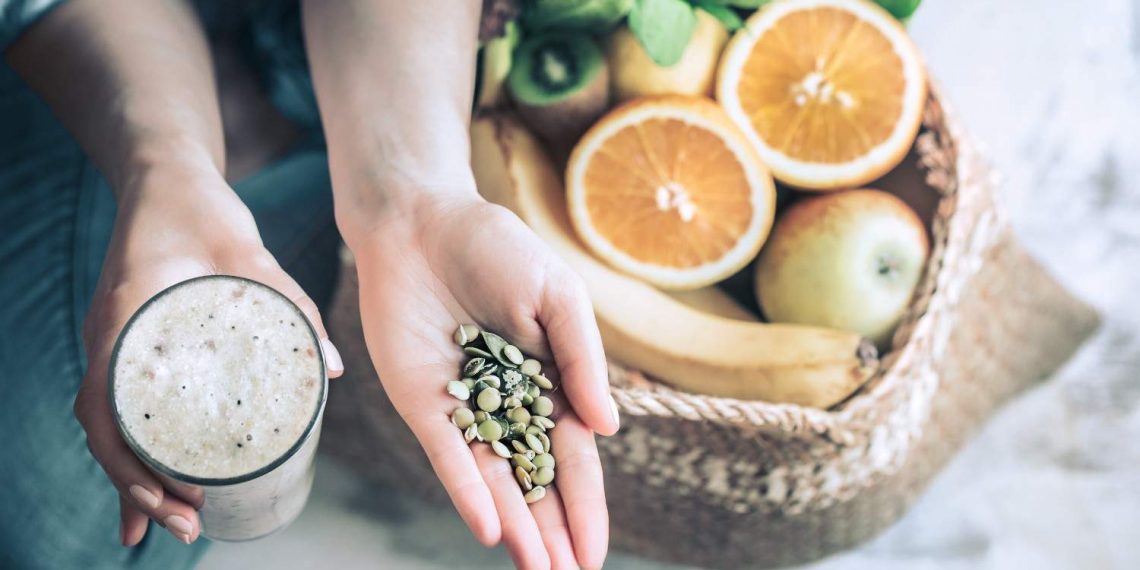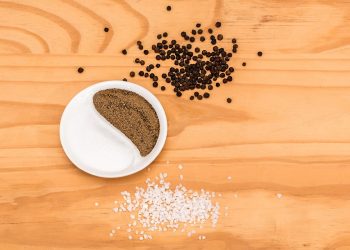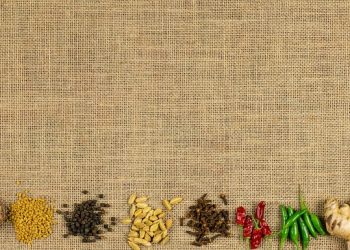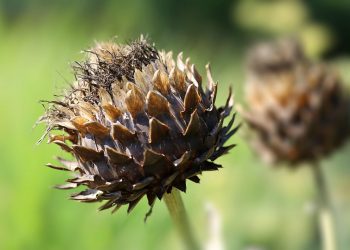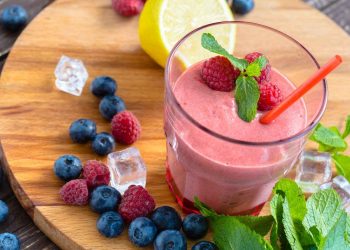What causes constipation is a deceptively simple question. Yet in practice, most people (and even many practitioners) treat it as a matter of “just more fiber and water,” missing deeper or overlapping reasons. I’d like to take you on a bit of a detective’s journeybecause in many stubborn cases, constipation is a symptom, not a standalone disease.
I’ll walk you through:
-
the main categories of causes,
-
how to spot which ones apply to you,
-
surprising or overlooked culprits,
-
and a practical roadmap to address them.
Contents
- The Big Picture: Two Types of Constipation
- 1. Diet, Fluid & Movement: The Usual Suspects
- 2. Medications & Supplements That Slow Transit
- 3. Colon & Motility Problems (Primary Causes)
- 4. Systemic, Endocrine & Metabolic Conditions
- 5. Microbiome, Hormones, Pregnancy & Rare Mechanisms
- How to Diagnose Which Causes Affect You
- A Case Snapshot (Story Style)
- Myth vs. Truth Breakdown
- 7-Step Guide: How to Address What Causes Constipation in You
- FAQs (Real Reader–Style)
- Final Thoughts
The Big Picture: Two Types of Constipation
Before drilling down, it’s helpful to see constipation through a structural lens. Medical literature often divides causes into:
-
Primary (functional or idiopathic) constipation intrinsic motility or pelvic floor problems without an obvious external cause
-
Secondary constipation due to medications, metabolic or systemic disease, structural blockage, or lifestyle factors PMC+2Mayo Clinic Proceedings+2
If you treat only one aspect (say, diet) but your root cause is structural or neurologic, you may never see full relief.
1. Diet, Fluid & Movement: The Usual Suspects
These are often the first (and sometimes only) issuesbut only if your case is simple.
Low fiber intake
Fiber adds bulk to stool and helps it retain water, making transit easier. A diet lacking fruits, vegetables, whole grains, or legumes can slow things down. Chronic constipation studies consistently cite low fiber as a major factor. PMC+2NCBI+2
But note: not all fiber types are equal. Soluble fiber (like psyllium) has better evidence for relieving constipation than large amounts of insoluble fiber (like raw wheat bran) in some cases. PMC
Insufficient water / dehydration
If your body is low on fluid, your colon will reclaim more water from the stool, making it harder and more difficult to pass. Medscape+1
Physical inactivity / sedentary lifestyle
Movement stimulates bowel motility. People who are inactivesay, bedbound, deskbound, or recovering from surgeryoften see constipation. Mayo Clinic+2MDPI+2
Ignoring the urge
Delaying or suppressing the natural urge to defecate repeatedly can desensitize reflexes. Over time, your colon may send weaker signals. Medscape+1
These are “low-hanging fruit” to review first, because they’re modifiable and often helpful even in mixed-cause cases.
2. Medications & Supplements That Slow Transit
A surprisingly large number of commonly used medicines can impede bowel movements. Before assuming your diet is the only culprit, evaluate your pharmacology list.
Some known offenders:
-
Opioids / narcotic pain medications notorious for causing hard, infrequent stool
-
Anticholinergic drugs many antidepressants, antispasmodics, urinary incontinence meds
-
Calcium or iron supplements both can bind stool
-
Calcium channel blockers especially in sensitive individuals Wikipedia+2NCBI+2
-
Antacids containing aluminum or calcium
-
Diuretics, especially if they cause fluid loss
-
NSAIDs / some psychotropics have also been implicated NCBI+1
If constipation began or worsened soon after starting a new drug, that’s a red flag.
3. Colon & Motility Problems (Primary Causes)
When the problem isn’t “not enough fiber,” the issue may lie deeperin how your colon or pelvic floor is operating.
Slow-transit constipation
In these cases, your colon moves very slowly. Nerve or muscle dysfunction, changes in interstitial cells of Cajal, or altered neurotransmitter signaling in the enteric nervous system are often implicated. PMC+2Gastrojournal+2
Some patients with this subtype don’t respond to fiber alone, because the underlying motility remains weak. PMC+2PMC+2
Pelvic floor dysfunction / outlet obstruction
Here, stool may move through the colon fine, but problems arise in the final “exit zone.” The muscles and nerves coordinating defecation may fail to relax or must push against resistance. Types include dyssynergic defecation, anismus (paradoxical contraction), or anatomical issues (e.g. rectocele). Wikipedia+3Gastrojournal+3PMC+3
Features that point to an outlet issue:
-
The sensation of incomplete evacuation
-
Needing to press on the perineum or use fingers (“digital maneuvers”) to pass stool
-
Splitting, straining, or stopping and starting
-
Relief after repositioning or sometimes even better fiber doesn’t help
-
Normal transit in motility tests but dysfunction on anorectal tests
Often these patients benefit from biofeedback therapy or pelvic floor retraining rather than simply more fiber.
4. Systemic, Endocrine & Metabolic Conditions
Sometimes constipation is a “secondary” sign of a deeper medical condition. You should suspect this when constipation is chronic, severe, or accompanies other symptoms.
Some causes:
-
Hypothyroidism (low thyroid slows metabolism, including gut movement)
-
Hypercalcemia / hyperparathyroidism
-
Diabetes mellitus, especially with autonomic neuropathy
-
Hypokalemia (low potassium)
-
Neurologic diseases Parkinson’s disease, multiple sclerosis, spinal cord injury, stroke PMC+3NCBI+3PMC+3
-
Connective tissue / systemic diseases scleroderma, amyloidosis, systemic sclerosis
-
IBD (inflammatory bowel disease) or structural lesions strictures, tumors, diverticulitis, obstructing masses
-
Celiac disease, pelvic neoplasms, or colon blockages
-
Other gastrointestinal motility diseases chronic intestinal pseudo-obstruction PMC+4NCBI+4PMC+4
Red flags: unexplained weight loss, blood in stool, new onset after age 50, family history of colon cancer, anemia, abdominal pain, sudden change in bowel habits. If any of those occur, you must rule out serious disease.
5. Microbiome, Hormones, Pregnancy & Rare Mechanisms
These are less obvious but increasingly recognized contributors.
Gut microbiota imbalance
Emerging evidence links slower transit and constipation to methane-producing flora, lower microbial diversity, and dysbiosis. Some trials with probiotics, prebiotics, or synbiotics report symptom improvements. PMC+2PMC+2
Hormonal / pregnancy changes
In pregnancy, the hormone progesterone relaxes smooth muscle and slows GI movement. Physical compression by the growing uterus also plays a role. Many pregnant individuals experience constipation.
Thyroid, adrenal, estrogen fluctuations can influence motility too.
Aging
As we age, colonic nerve and muscle function decline. Older adults also often have multiple medications, reduced mobility, altered hydration, and comorbid disease, all compounding risks. NCBI+2PMC+2
Rare congenital or structural anomalies
Hirschsprung disease (absence of nerve cells in part of colon) typically presents in infancy.
Congenital strictures, megacolon, imperforate anus, or structural changes post-surgery. NCBI+2Wikipedia+2
How to Diagnose Which Causes Affect You
You can’t treat effectively if you don’t know what’s happening. Here’s a practical step-by-step:
Step 1: History & pattern recognition
-
When did this begin?
-
Did it follow a medication change, surgery, travel, diet change?
-
Is it lifelong or recent-onset?
-
Symptoms of outlet trouble? (hesitancy, incomplete evacuation, need to strain or push)
-
Warning signs: weight loss, blood, anemia, family history of colon cancer
Step 2: Baseline labs
-
TSH (thyroid)
-
Electrolytes (potassium, calcium)
-
Glucose / HbA1c
-
CBC (check for anemia)
-
If concerning: celiac panel, colonoscopy/colonic imaging if indicated
Step 3: Motility / functional tests (for chronic or refractory cases)
-
Colonic transit time (e.g. radiopaque marker test)
-
Anorectal manometry, balloon expulsion, defecography
-
Pelvic floor imaging
These help distinguish slow-transit vs outlet dysfunction. PMC+2Gastrojournal+2
Step 4: Medication review
Temporarily stop or adjust constipating medications (under physician guidance) to see effect.
Step 5: Empiric trials & tracking
Keep food, fluid, and stool logs. Try incremental interventions (fiber, hydration, movement) while watching response. If no improvement after 4–8 weeks, escalate tests or therapy.
A Case Snapshot (Story Style)
Let me tell you about “Anna,” a 52-year-old editor who’d battled constipation most of her life. She tried fiber powders, stool softeners, prunes, and yoga some relief, but never enough.
When she came to me, she was on a calcium-channel blocker for hypertension, plus a sedating antidepressant. She also admitted she often ignored the urge to go during her busy days.
Lab work revealed mild hypothyroidism. Motility tests showed normal colonic transit, but anorectal manometry revealed paradoxical pelvic floor contraction she was locking up the exit.
Once we:
-
switched her BP drug (under supervision)
-
treated her hypothyroid
-
started pelvic floor retraining (biofeedback)
-
kept a consistent fiber + hydration plan
her constipation improved more than any fiber powder ever did.
That’s a textbook mixed-cause scenario.
Myth vs. Truth Breakdown
| Myth / Oversimplification | Truth / Nuance |
|---|---|
| “Constipation is always due to low fiber.” | That’s a start, but many cases also involve motility, nerve, or structural factors. |
| “If fiber works a bit, just increase it more.” | Past a point, extra fiber can worsen gas/bloating or clog the system if the colon is weak. |
| “Taking stimulants long-term is harmless.” | Overuse can lead to dependency, electrolyte imbalances, “lazy colon” effects. Mayo Clinic+2Mayo Clinic+2 |
| “If softeners or laxatives don’t help, nothing will.” | Sometimes you need targeted treatment (e.g. neuromodulation, biofeedback). |
| “The colon is the only area to worry about.” | The exit (pelvic floor), nerves, hormones, and systemic disease all play roles. |
7-Step Guide: How to Address What Causes Constipation in You
-
Eliminate modifiable lifestyle factors
-
Gradually increase fiber (aim for ~25–30 g/day).
-
Drink enough fluids (often 1.5–2 L/day, adjusted for activity).
-
Move regularly (walking, yoga, core work).
-
Don’t ignore toilet urges.
-
Stick to consistent timing, e.g. after meals.
-
-
Review medications & supplements
Consult your clinician to safely adjust or swap any offending agents. -
Check for metabolic or systemic causes
Run thyroid, calcium, potassium, glucose tests. Investigate other symptoms. -
Trial a fiber supplement / osmotic laxative
Use psyllium or methylcellulose modestly first; if needed, low-dose polyethylene glycol. Monitor side effects.
Use caution with stimulants only short-term. Mayo Clinic+2Mayo Clinic+2 -
Track response over 4–8 weeks
Keep a bowel journal: frequency, stool type (Bristol scale), effort, feelings. If no improvement, escalate. -
Functional testing (for non-responders)
See a GI specialist for transit studies, anorectal manometry, imaging, biofeedback assessment. -
Targeted therapies
-
Biofeedback / pelvic floor therapy: especially for outlet issues.
-
Neuromodulators / prokinetics: in selected patients.
-
Surgery: reserved for extreme cases (e.g. refractory megacolon, structural block).
-
Microbiome therapies: probiotics, synbiotics, FMT (in experimental or specialized settings).
-
FAQs (Real Reader–Style)
Q: How do I know if my constipation is serious or just “normal”?
A: If it’s occasional and relieved by diet or mild laxatives, it’s likely benign. But seek evaluation if you see weight loss, bleeding, iron deficiency, family history of colon cancer, or sudden change after age 50.
Q: Can gut flora really play a role?
A: Yes studies suggest methane-producing microbes may slow colonic transit. Adjusting the microbiome with therapy has shown promise, though evidence is emerging, not conclusive. PMC+1
Q: Are there natural remedies or herbs that cure constipation?
A: Certain botanicals (e.g. senna, cascara) are stimulants, and bulk-forming herbs (e.g. psyllium husk) are backed by evidence. But they won’t resolve underlying nerve or pelvic floor problems. Use cautiously, especially stimulants, to avoid dependency.
Q: Can aging alone cause constipation to worsen?
A: Yes nerve and muscle function decline with age, plus comorbidities, polypharmacy, reduced mobility, and dehydration all compound risk. PMC+3NCBI+3PMC+3
Final Thoughts
What causes constipation? The honest answer: multiple things, often layered. Diet is a starting pointbut if that were always enough, constipation wouldn’t be such a chronic complaint.
If you’re struggling long-term, treat your situation like a detective case. Track timelines, test intelligently, and aim for targeted therapies (not just a “magic powder”). Many people find real relief only when they address the true root(s), not just the symptoms.
If you’d like, I can help you draft a personalized “constipation evaluation checklist” or help map your next lab workups. Want me to build that for you?
This article is for educational purposes only and is not a substitute for professional medical advice. Always consult a qualified healthcare provider before making changes to your health routine.
References
-
“Constipation StatPearls,” NCBI Bookshelf (2025). https://www.ncbi.nlm.nih.gov/books/NBK513291/
-
“Constipation: Symptoms and causes,” Mayo Clinic (2025). https://www.mayoclinic.org/diseases-conditions/constipation/symptoms-causes/syc-20354253
-
Chen, Y. et al. (2018). “Chronic constipation: A review of literature,” Medicine. PMC. https://pmc.ncbi.nlm.nih.gov/articles/PMC5976340/
-
“Constipation: Evaluation and Management,” PMC (2018). https://pmc.ncbi.nlm.nih.gov/articles/PMC6140151/
-
“Mechanisms, Evaluation, and Management of Chronic Constipation,” Gastroenterology (2020). https://www.gastrojournal.org/article/S0016-5085(20)30080-9/fulltext
-
“Exploration of the complex origins of primary constipation,” PMC (2024). https://pmc.ncbi.nlm.nih.gov/articles/PMC11269998/
-
“Review article: diagnosis, management and patient perspectives of chronic constipation,” PMC (2022). https://pmc.ncbi.nlm.nih.gov/articles/PMC8252518/
Get Your FREE Natural Health Guide!
Subscribe now and receive our exclusive ebook packed with natural health tips, practical wellness advice, and easy lifestyle changes — delivered straight to your inbox.

